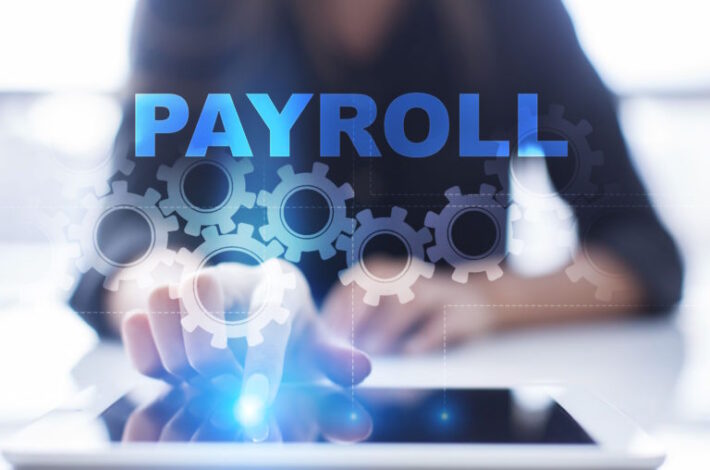
Introduction:
If you’re contemplating the idea of payroll outsourcing, a common question arises: How much does it cost? Many businesses weigh the benefits of professional payroll services against the potential expenses. In this article, we delve into the various costs associated with outsourcing payroll, shedding light on the intricacies and potential pitfalls.
PEPM: The Core of Payroll Costs:
In the realm of payroll outsourcing, providers typically charge on a per-employee-per-month basis, commonly known as PEPM. This fundamental pricing structure simplifies cost estimation and fosters transparency in discussions with payroll service providers. For instance, a fee of £6 per employee per month could result in a monthly cost of £300 for a business with 50 employees. It’s worth noting that PEPM tends to decrease with a higher employee count, favoring larger enterprises.
Weekly Payrolls and Alternate Pricing Structures:
Businesses with weekly payroll cycles should expect to incur higher costs due to the increased frequency of work for the payroll provider. Additionally, some providers offer fixed monthly rates, suitable for smaller businesses with consistent employee counts. However, this model may lack the flexibility needed for dynamic payroll requirements, such as processing bonuses, commissions, or managing frequent new hires.
Beyond Processing Fees: Considerations When payroll Outsourcing:
When evaluating the cost of outsourcing payroll, it’s crucial to look beyond the processing fees. Setting up with a payroll provider incurs setup costs, often calculated on a per-employee basis. This initial investment covers the provider’s time and resources for system integration, data upload, and testing. Businesses should also consider additional expenses, including payslip printing, auto-enrollment services, and potential add-ons or bolt-ons like HR software integration.
Hidden Costs of In-House Payroll Management:
In-house payroll management comes with its own set of challenges and costs. Mistakes in salary calculations, compliance with legislation like IR35, and the time-consuming resolution of payroll errors can have a direct impact on both direct and indirect costs. Employee experience may suffer, potentially leading to higher turnover rates, as 1 in 5 employees reportedly quit their jobs due to payroll issues.
Exploring ‘Free’ Options and Limitations:
For businesses with fewer than 10 employees, HMRC recognizes certain free payroll software options. However, these solutions require internal expertise in payroll legislation. Unfortunately, there are no ‘free’ outsourced payroll services due to the inherent costs of employing a team of experts. The reality is that expertise and quality service come at a price.
Conclusion: Making an Informed Decision:
Payroll outsourcing may seem like an additional expense, but the potential risks and hidden costs of managing it in-house often outweigh the price tag of professional services. Whether opting for outsourcing or maintaining an in-house payroll system, businesses should choose a service or software solution that aligns with their specific needs. The ultimate goal is to ensure timely and accurate payments, fostering employee satisfaction and operational efficiency. talk now with: www.payrollserviceaustralia.com.au
